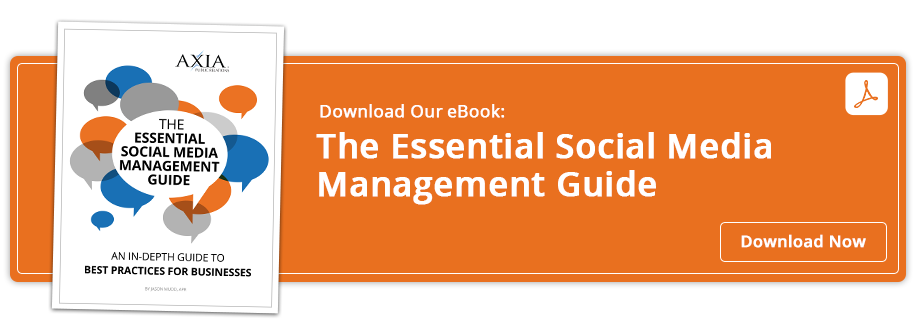Use Twitter to build foundations for relationships with journalists
By Lisa GoldsberryAugust 18, 2015
 PR is the mortar that shows you how to hold it all together
PR is the mortar that shows you how to hold it all together
Why do some companies seem to get lots of news coverage while others don’t? You may think it has to do with the size of the companies, how long they’ve been in business or the media’s penchant for the next big thing. More likely, it’s the result of these companies developing relationships with journalists.
With help from PR, your company can also work to build these kinds of relationships. Thanks to the wonders of Twitter and social media, you can accomplish this task more easily, but only if you know the right and wrong ways to use this popular platform to your advantage.
Using Twitter to reach out to journalists
In practically every aspect of life, communication is how we make important connections. Here are some tips for the best ways to engage journalists on Twitter:
Locate reporters who would be most likely to cover your industry and the type of news you wish to share.
Learn their Twitter handles. Those who don’t mind being contacted through Twitter will often put this information near their bylines or in the mini-biographies at the end of articles. Sign on as a follower so you receive their tweets.
Follow them for a period of time to get a feel for their interests and the subjects they cover. This way, when you’re ready to share news, you’ll know how to make your pitch.
Pay attention to their Twitter bios and use them to make initial connections. You might find that you attended school in the same area or share a hobby. When you send a tweet, make note of something you learned from the reporter’s bio.
Comment on the journalist’s articles and posts, but don’t be self-serving in the process. You can also retweet his posts to your own followers. Tag him in your post when you like or share so that he’ll know you’re helping to spread his tweets.
Share useful information about your field. This could include new laws or trends that will impact your industry. You can suggest a followup to a previous article or a different angle.
Offer helpful information for the reporter’s stories, even if it doesn’t directly benefit your company. Perhaps you can share insights about your industry or put her in touch with an expert who can help. Then, when you make a pitch about your own news, she’ll remember you and be more likely to read what you have to say.
Mention the reporter’s work or articles in your own blog posts. People like to be appreciated for the work they do and hear that it was helpful to someone else.
Remember to say thanks when the reporter does return a comment or writes a story about something you pitched. You can even share the piece on your other networks or platforms.
Hire a PR firm to manage your Twitter and social media efforts. Building relationships with reporters on Twitter takes time and dedication. Even if you have in-house PR help, they would probably be unable to devote much time to it with all their other responsibilities, meaning they would miss out on key opportunities for media engagement.
At Axia Public Relations, we can help you use Twitter to navigate around communication roadblocks and really connect with reporters in a meaningful way. Contact us today or download our e-book The Essential Social Media Management Guide to learn how you can maximize your Twitter efforts for increased news coverage, visibility and profits.

 Lisa Goldsberry is a writer for Axia Public Relations with more than 15 years of public relations experience. She specializes in business, higher education and technology PR. Connect with Axia Public Relations on Twitter
Lisa Goldsberry is a writer for Axia Public Relations with more than 15 years of public relations experience. She specializes in business, higher education and technology PR. Connect with Axia Public Relations on Twitter
Featured image credit: 123rf.com
Topics: public relations, inbound marketing, shared media

Comment on This Article